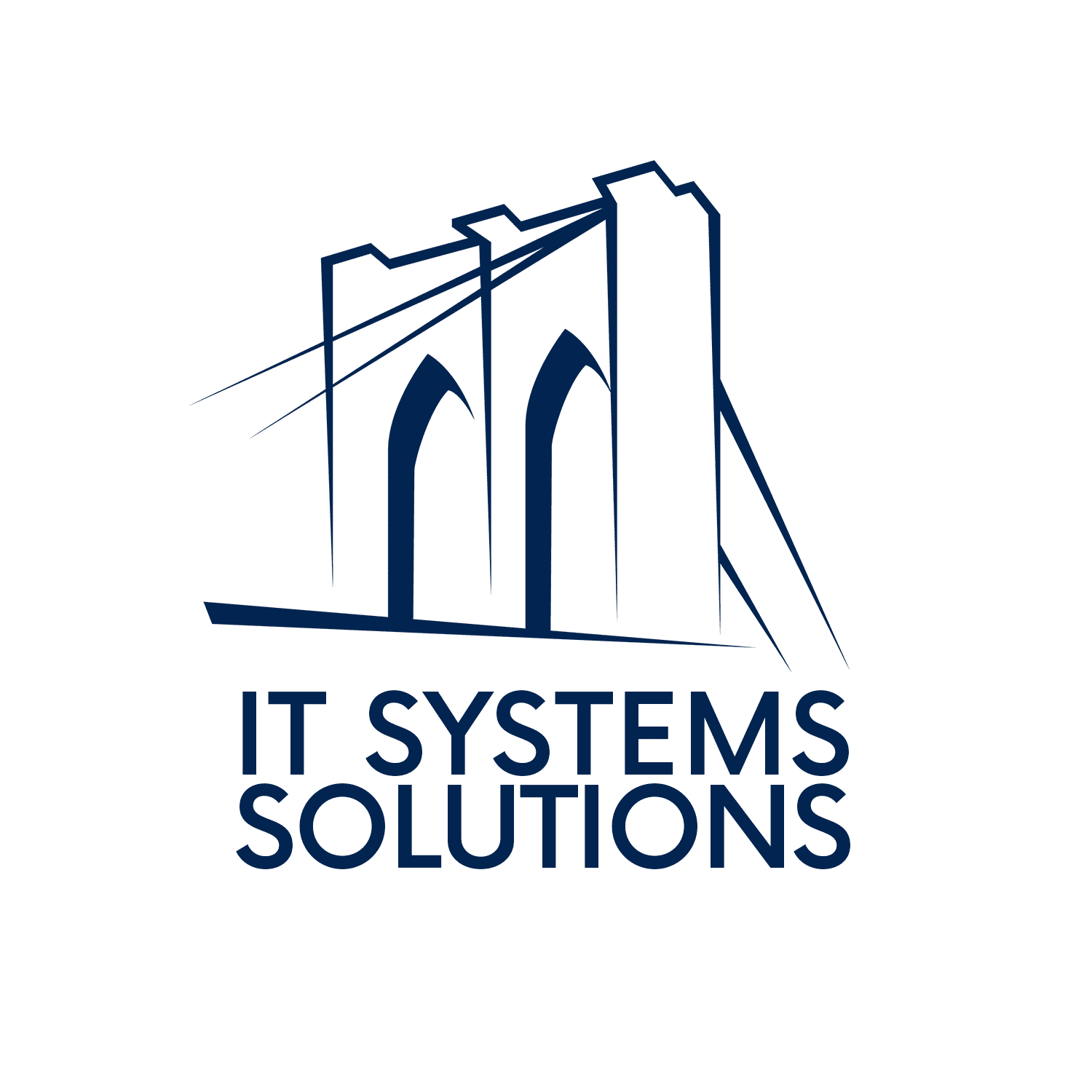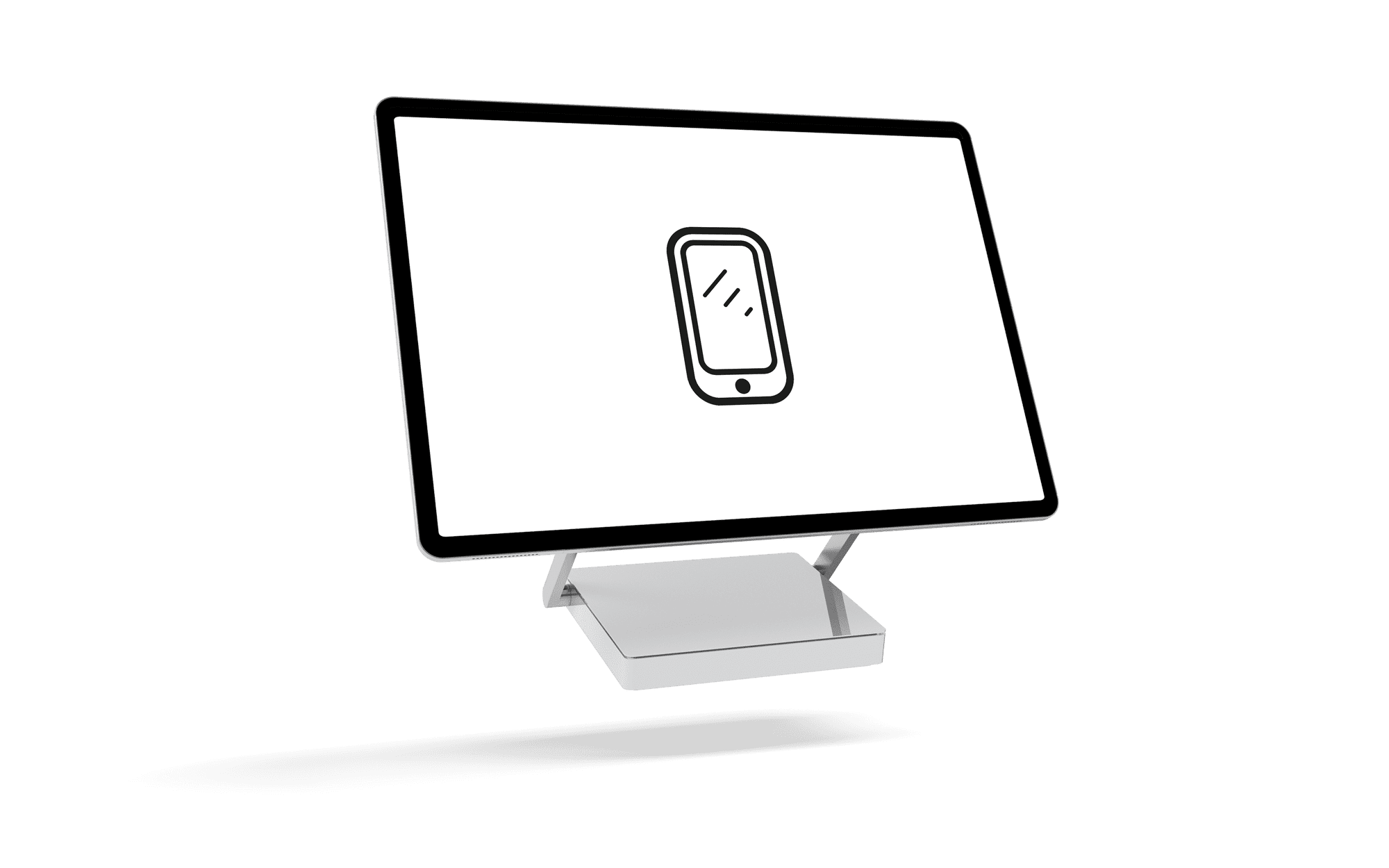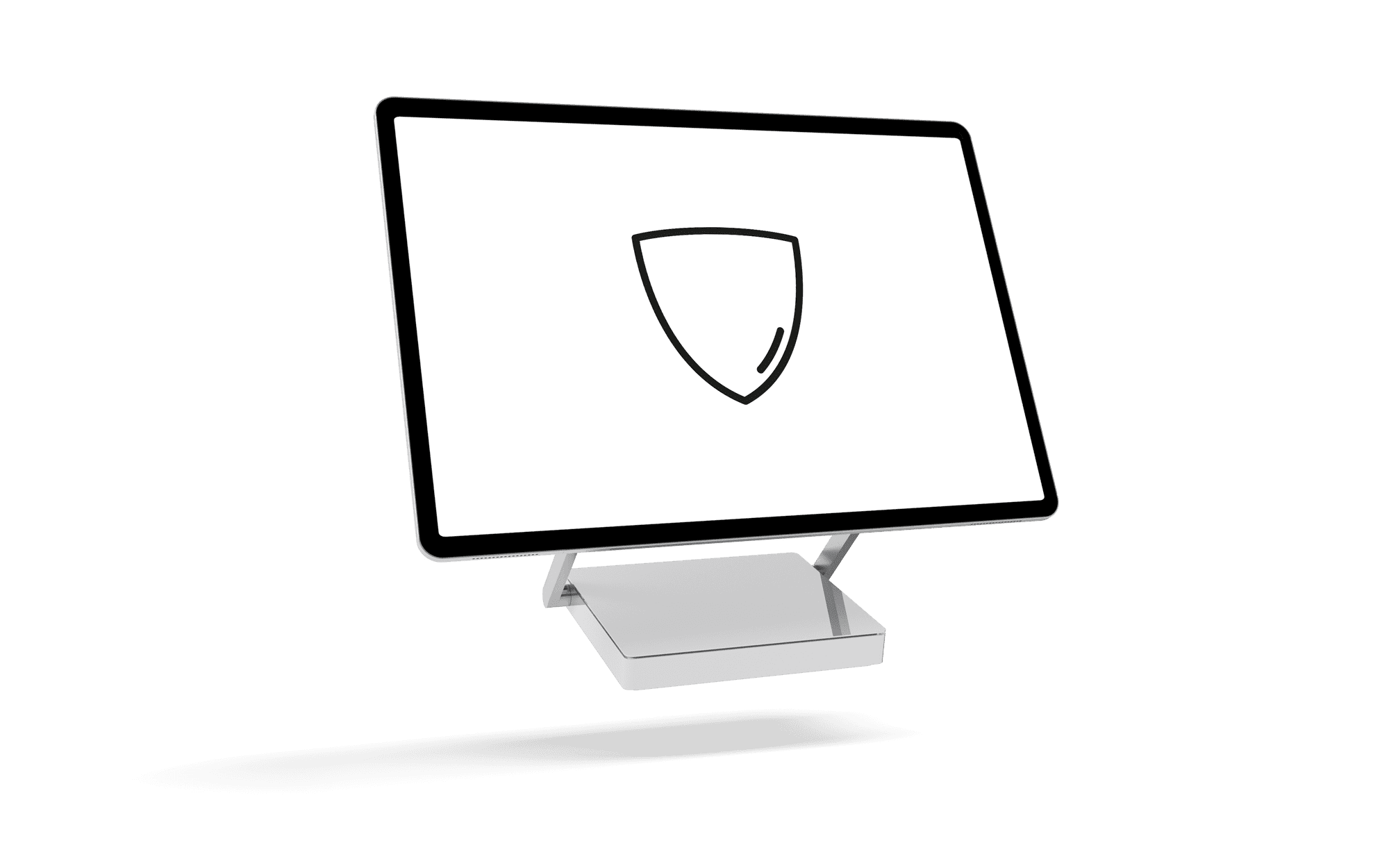COMMUNICATIONS.
Business communications is an umbrella term that can include both telecommunications and information technology (IT). The definition of IT is all equipment and software used to create, process, store, and deliver information in any form.
This could include hardware such as computers or phone systems, or software used for e-mailing or file management. It also includes applications like customer relationship management (CRM) or enterprise resource planning (ERP) used to automate business processes and streamline productivity across entire departments or organizations.
SECURITY.
Cybersecurity, or cyberdefense, is a broad field of security practices, devices, and systems used to protect computers and networks from theft or damage to their hardware, software or information (including data).
Cybersecurity encompasses several activities: threat prevention; monitoring system logs for intrusions; responding to breaches (and improving after-the-fact response); and recovery from incidents. These practices are often implemented through a combination of technological tools and processes.
BACKUP & DISASTER RECOVERY.
Business continuity is a plan in place to ensure that your business operations can run smoothly in times of emergencies. These emergencies might range from data loss to natural disasters and everything in between, but they all have one thing in common: they’re unplanned events that could affect your ability to conduct business. If you don’t have a contingency plan for your business, you could end up losing more than just productivity—you could lose customers, revenue and more.

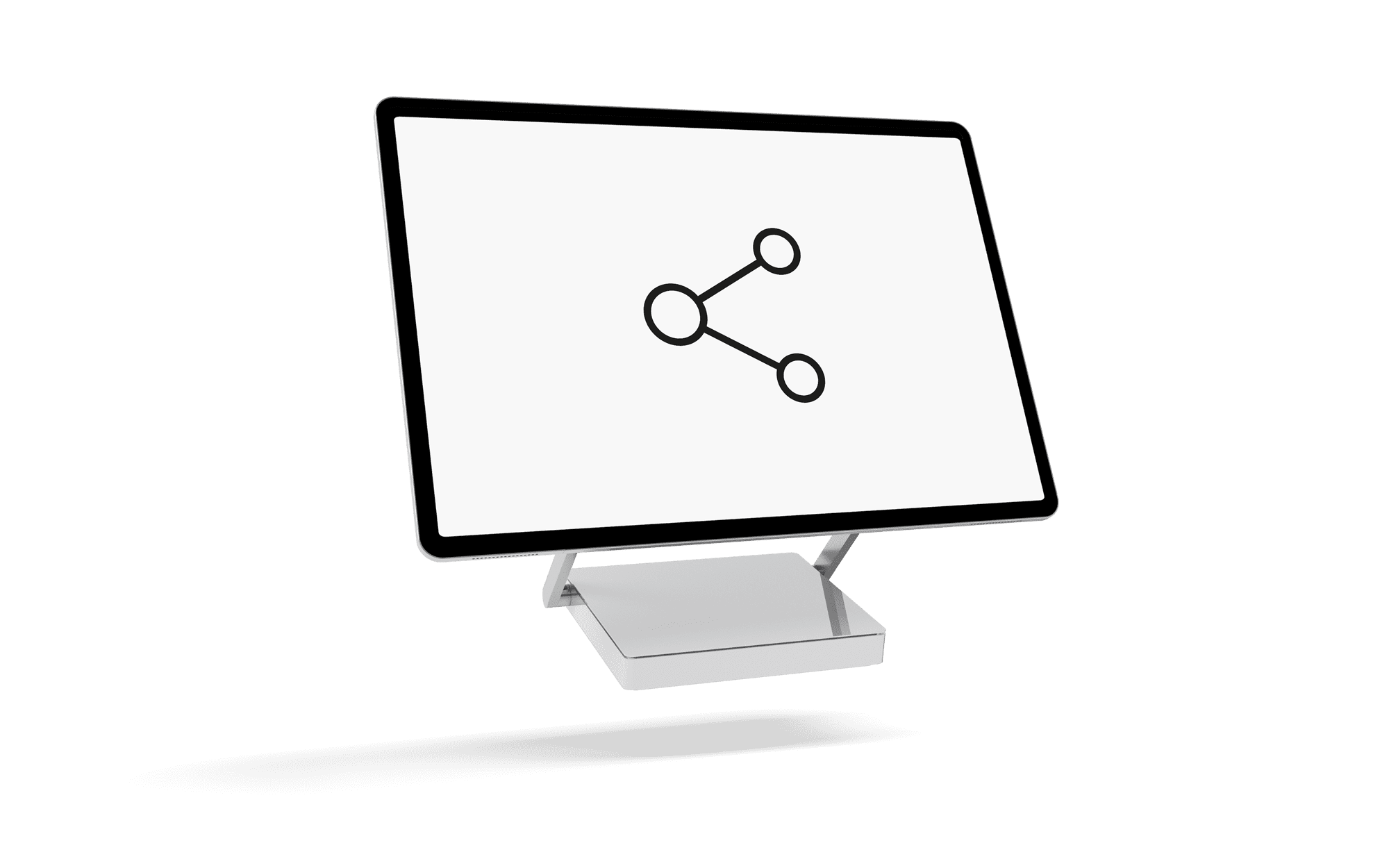
VENDOR MANAGEMENT.
Vendor management (or vendor relationship management) refers to a corporate strategy of managing relationships with outside companies. It’s considered a subset of procurement, but vendors—not employees—are usually managed by vendor managers. The goal is to streamline procurements and generate value from both internal and external partners. When properly implemented, VMS programs can have far-reaching benefits for an organization’s bottom line and reputation in its industry.
IT PLANNING.
Nowadays, your business relies on a variety of IT services. If you’re not keeping track of how they’re managed and planned, you could be putting your business at risk. An IT Plan ensures you have all of your bases covered. The plan should outline what kinds of information and technology needs your company will require for short-term success (three to five years) as well as long-term goals (five to ten years). By mapping out these details in advance, you can avoid unpleasant surprises down the road.
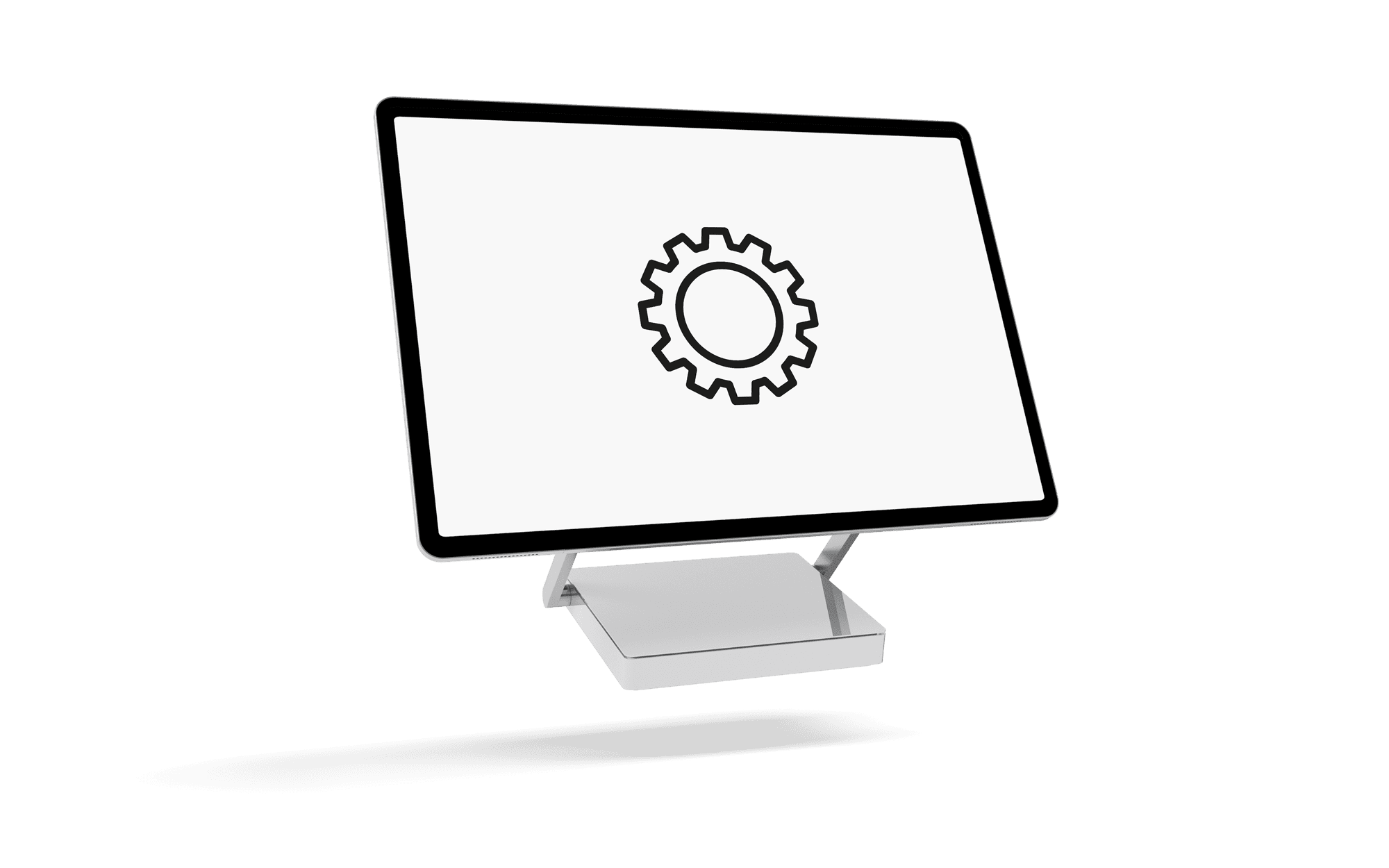
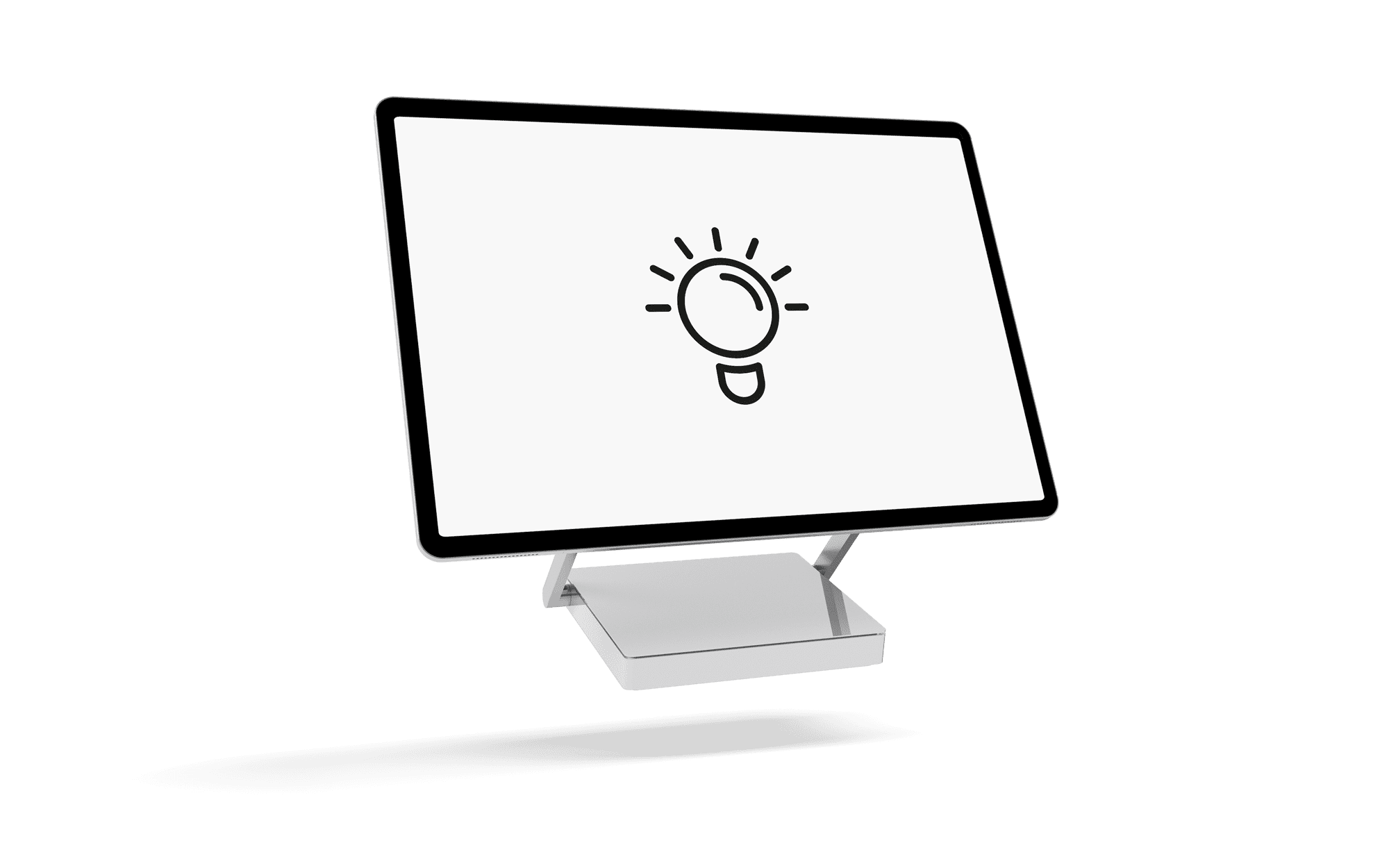
CUSTOMER SERVICE.
The number one thing we get from our customers is that they appreciate our personal touch and friendly customer service. Since there are many companies offering IT services, it’s sometimes hard to differentiate. We focus on listening to your needs, finding solutions for you, and helping you save money so you can stop stressing about technology issues in your business or home.
